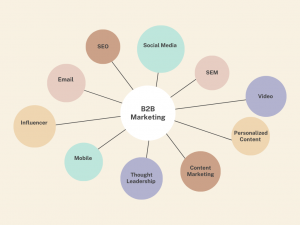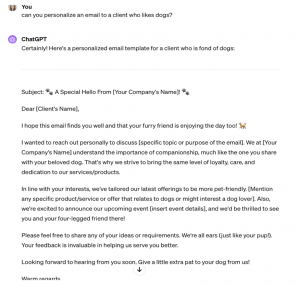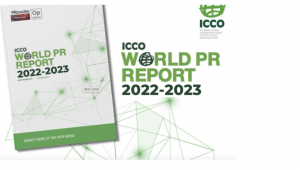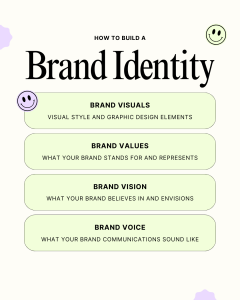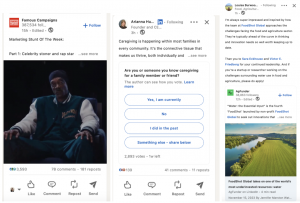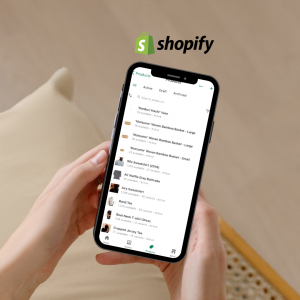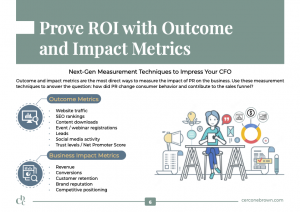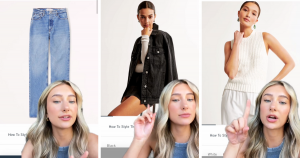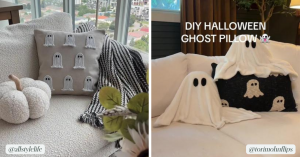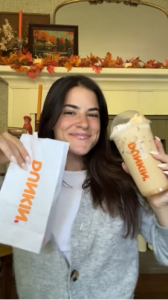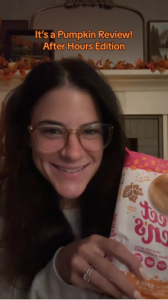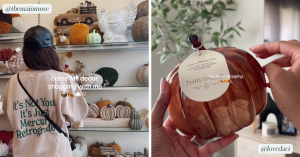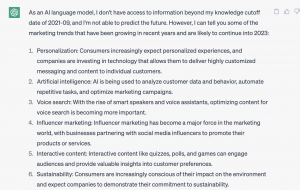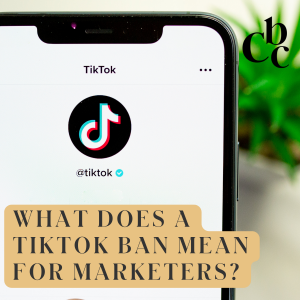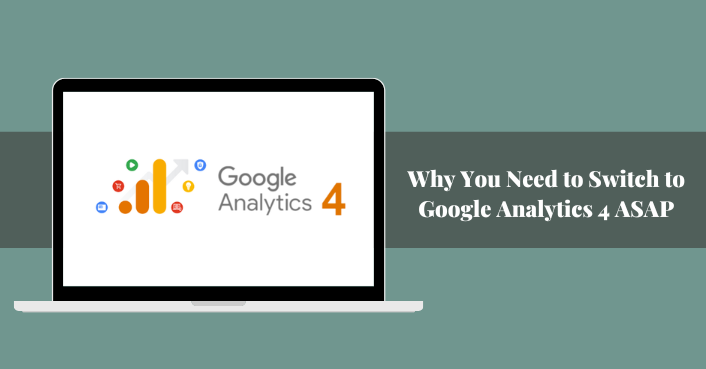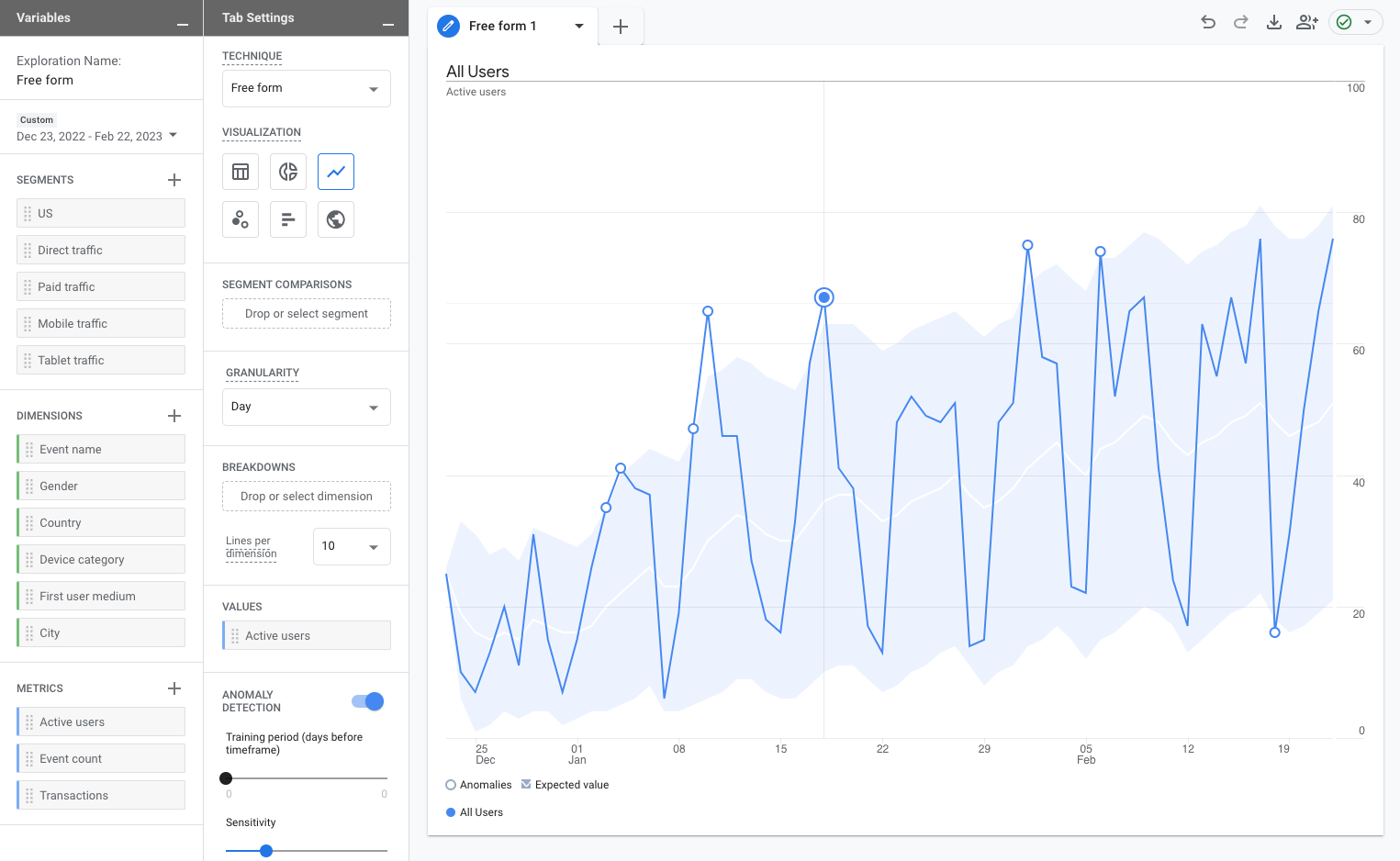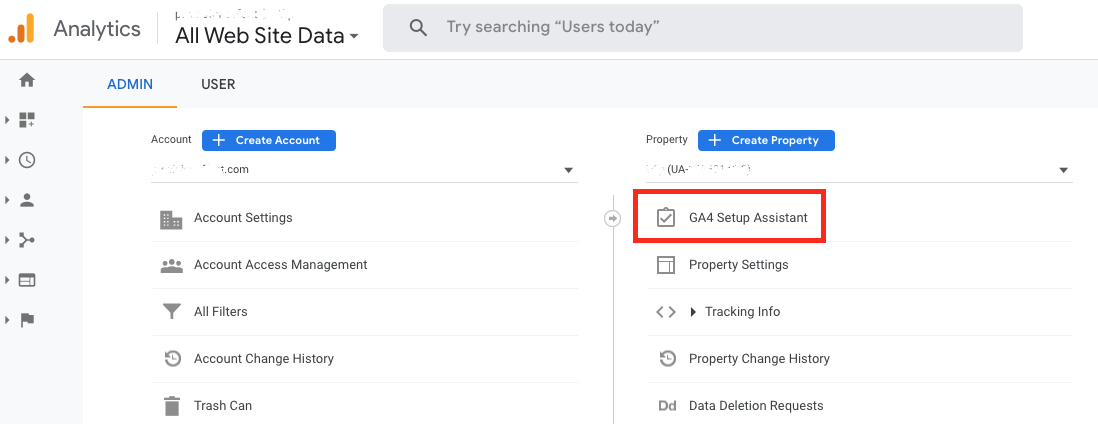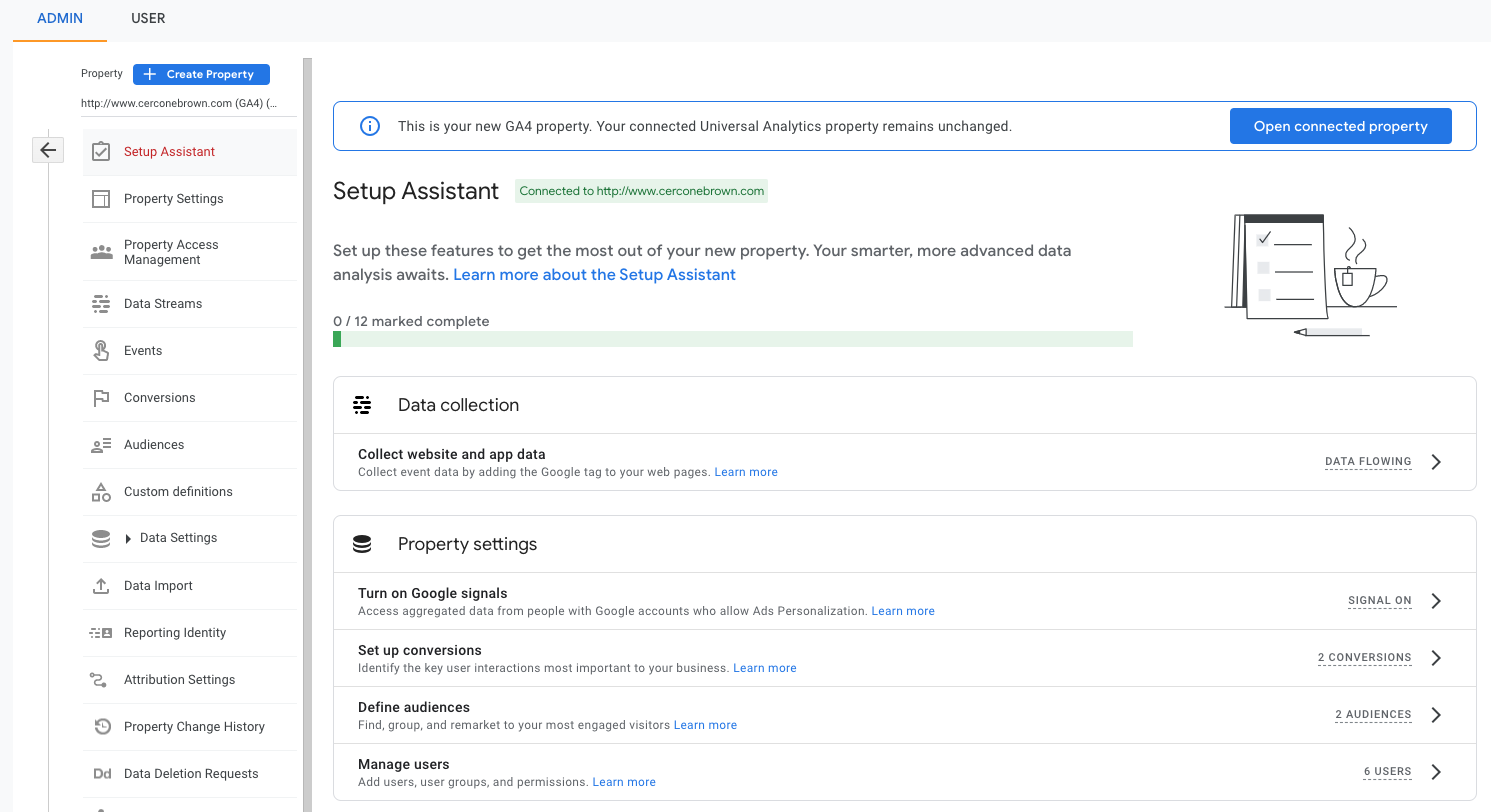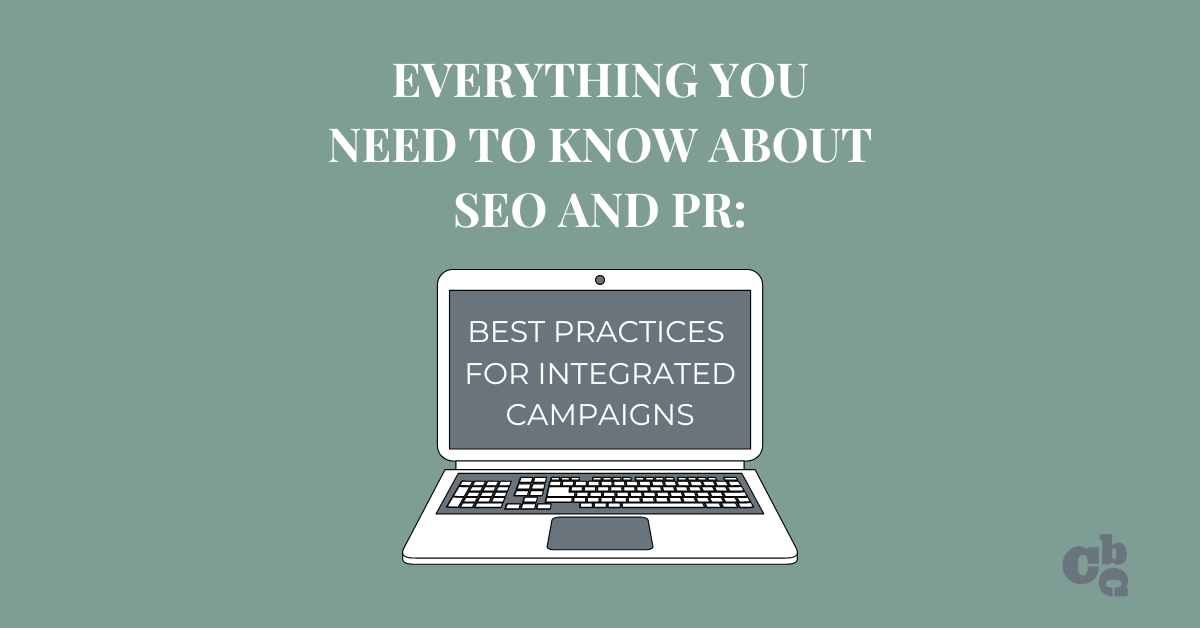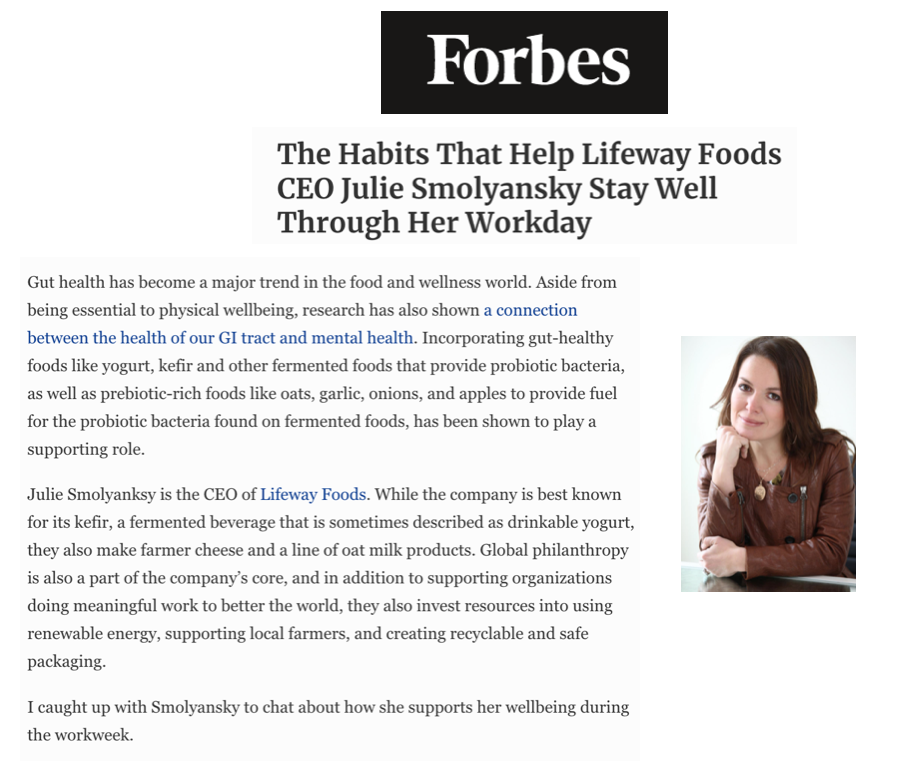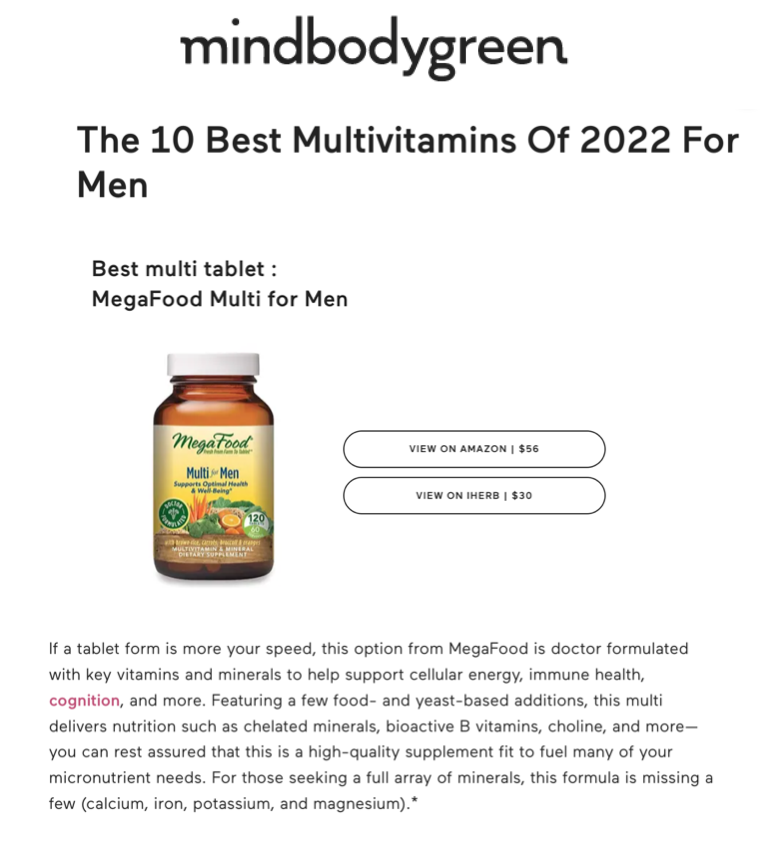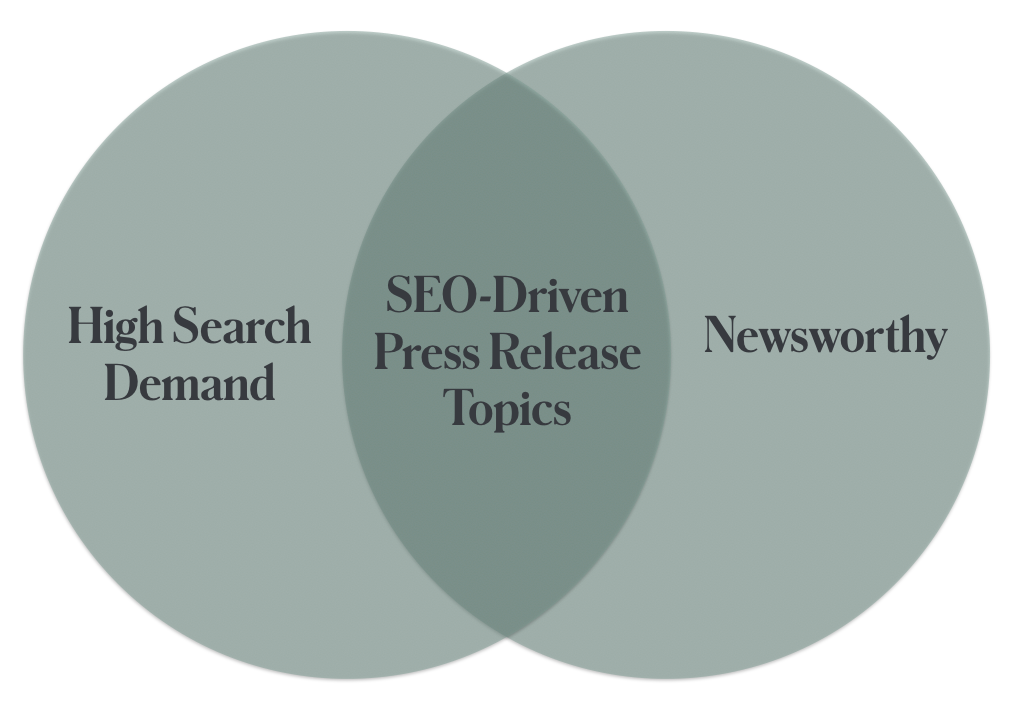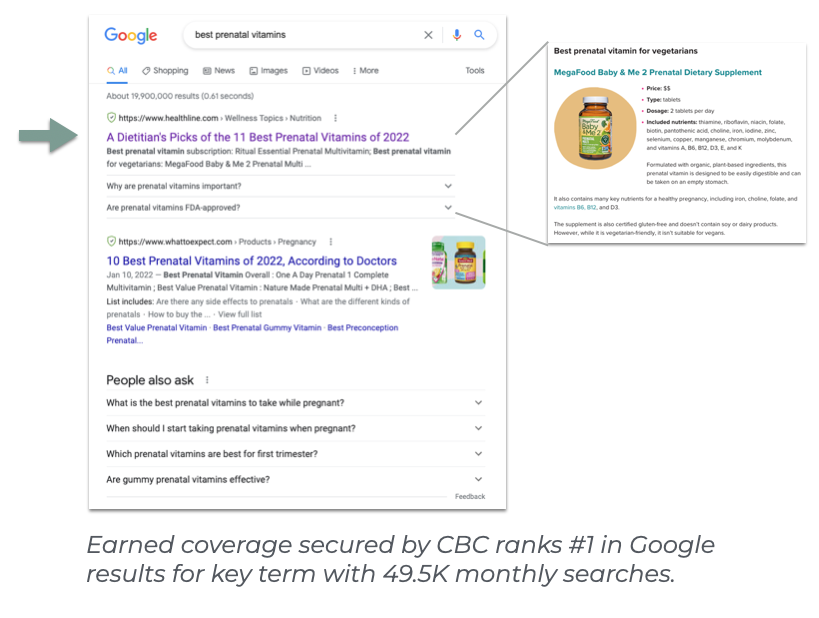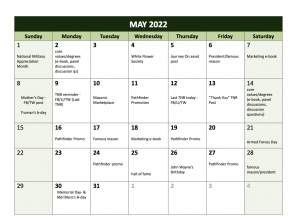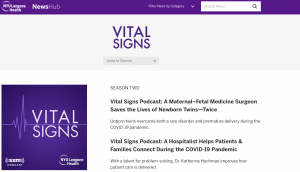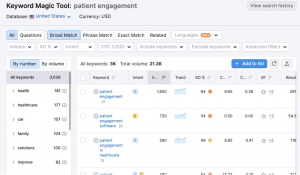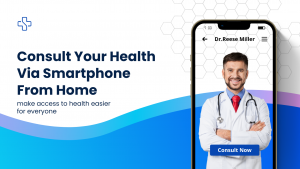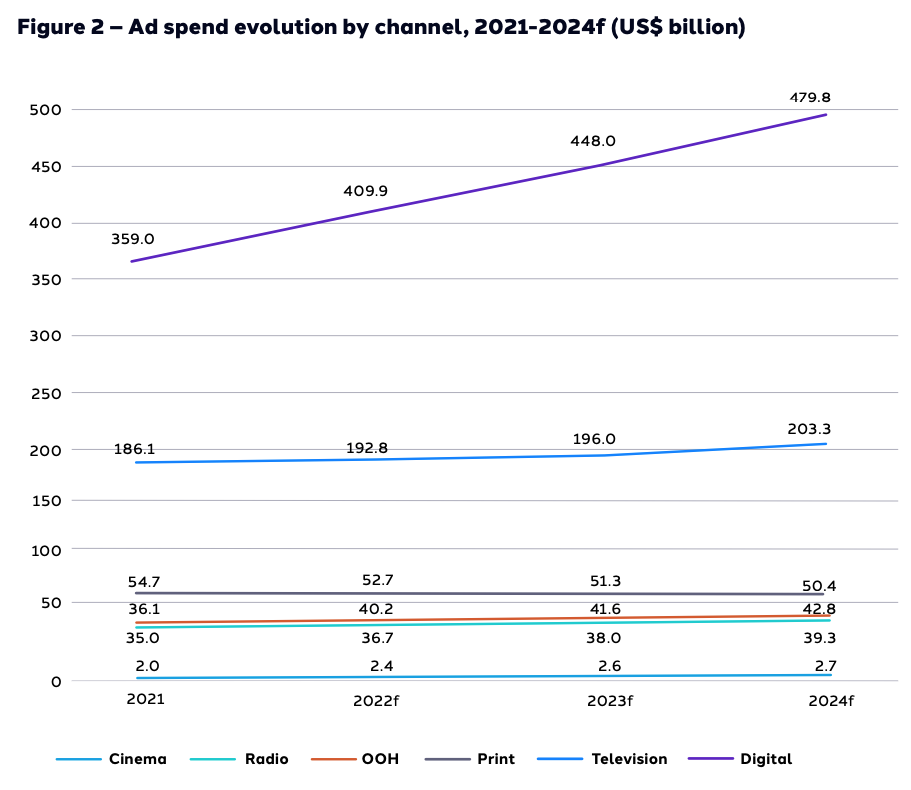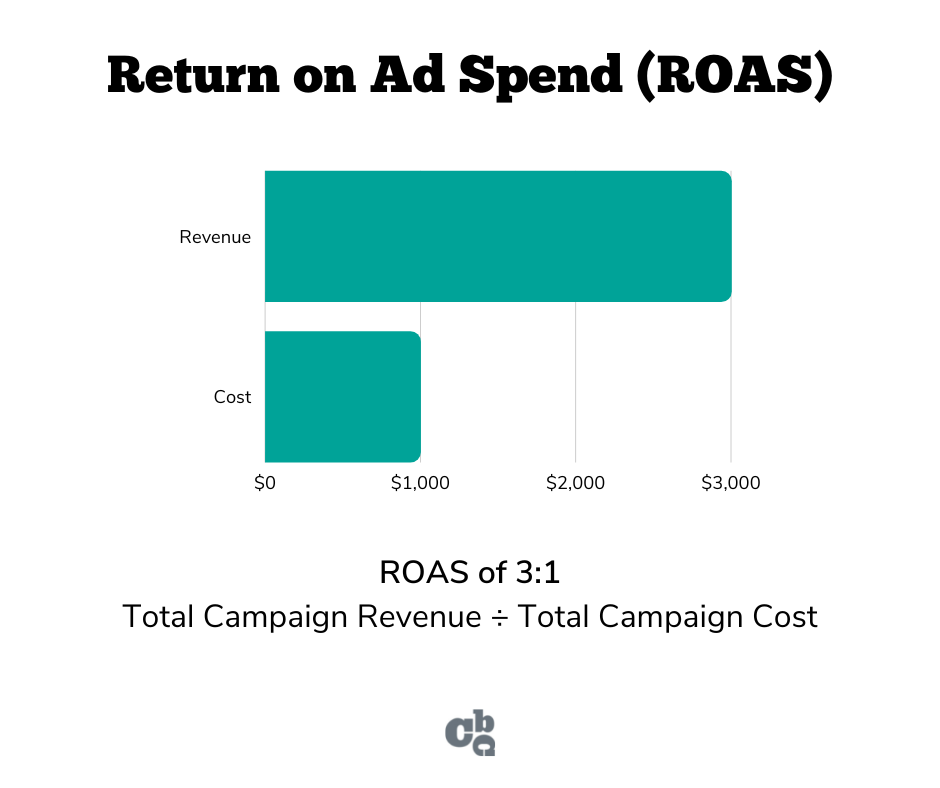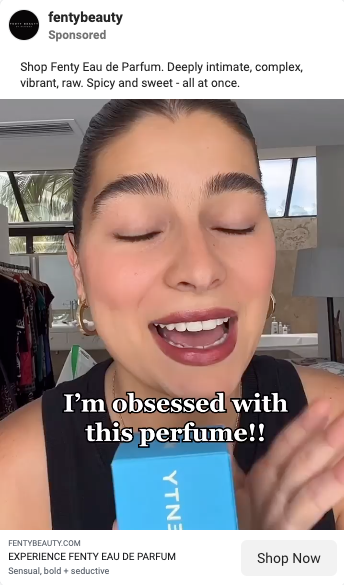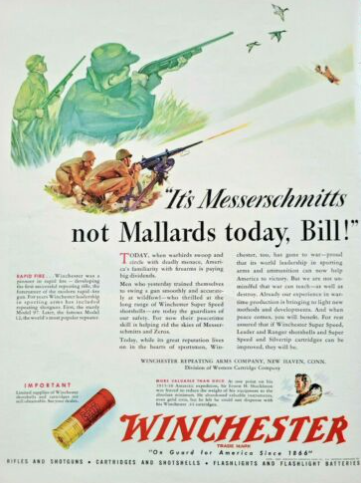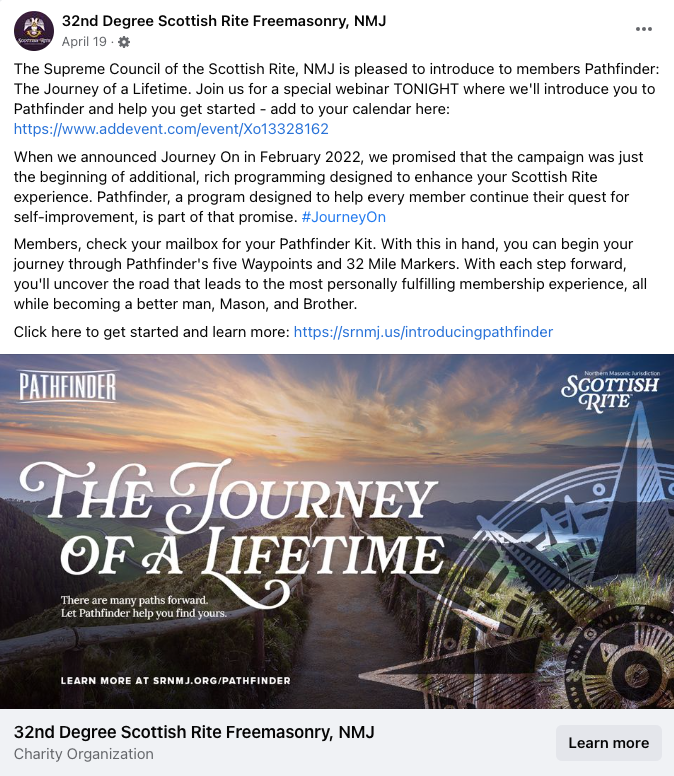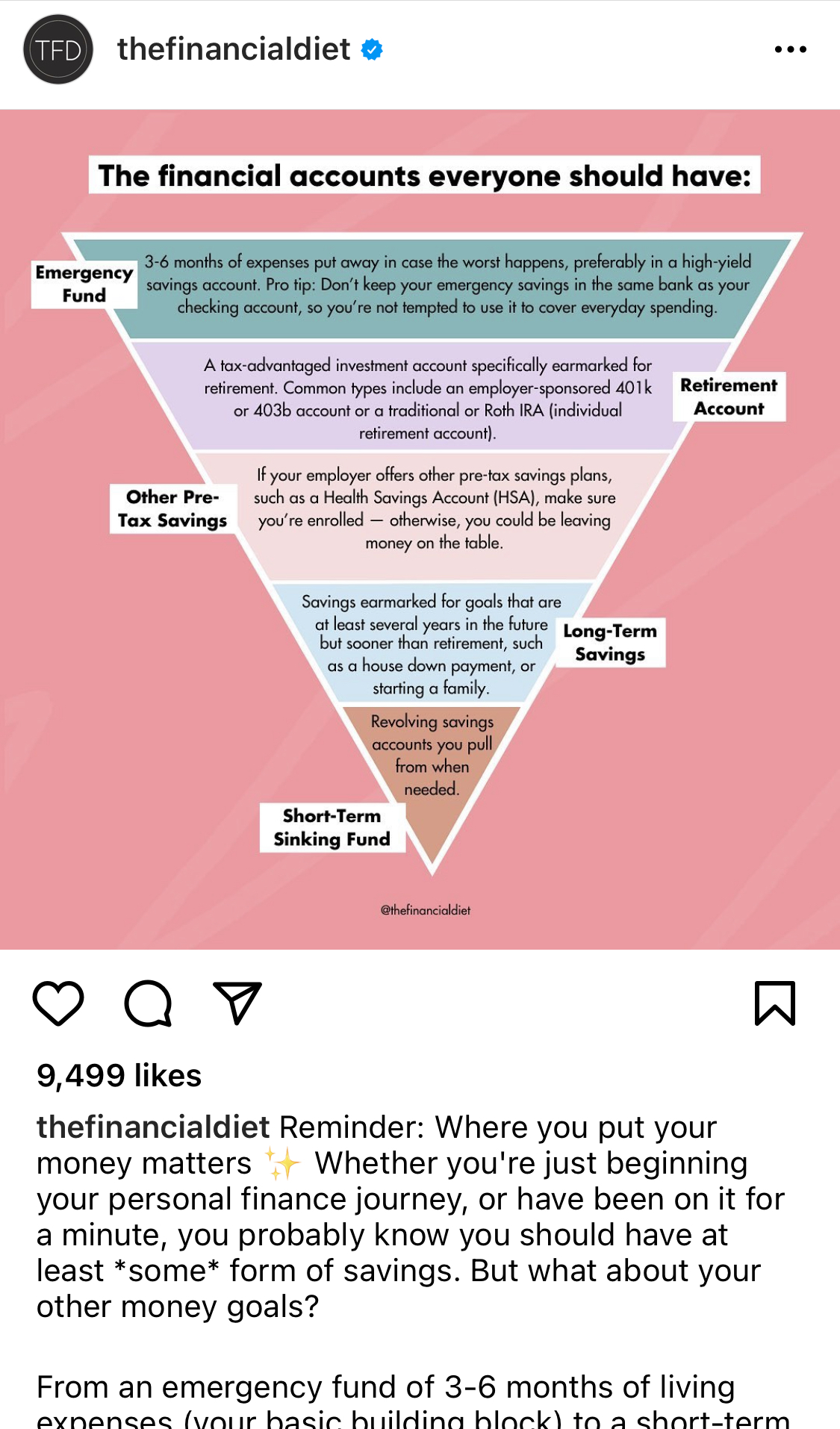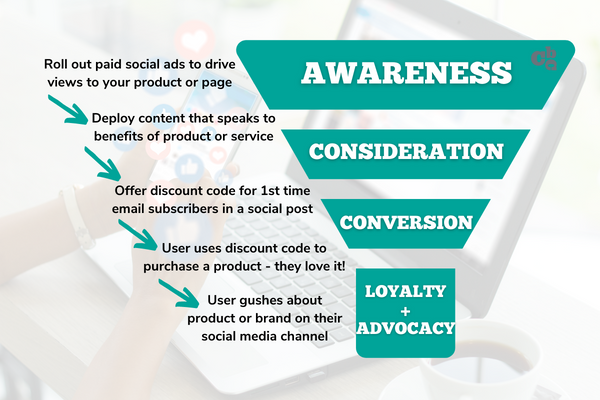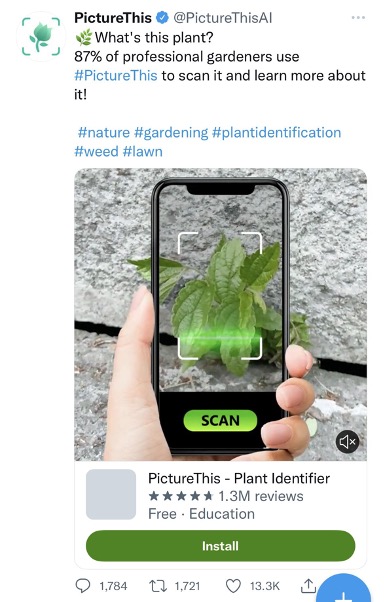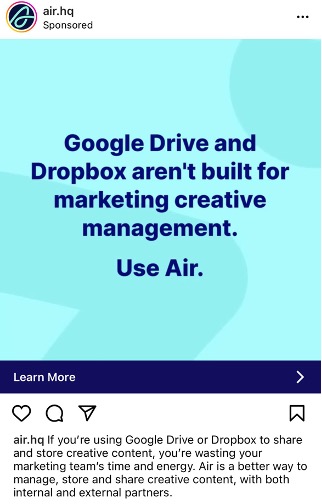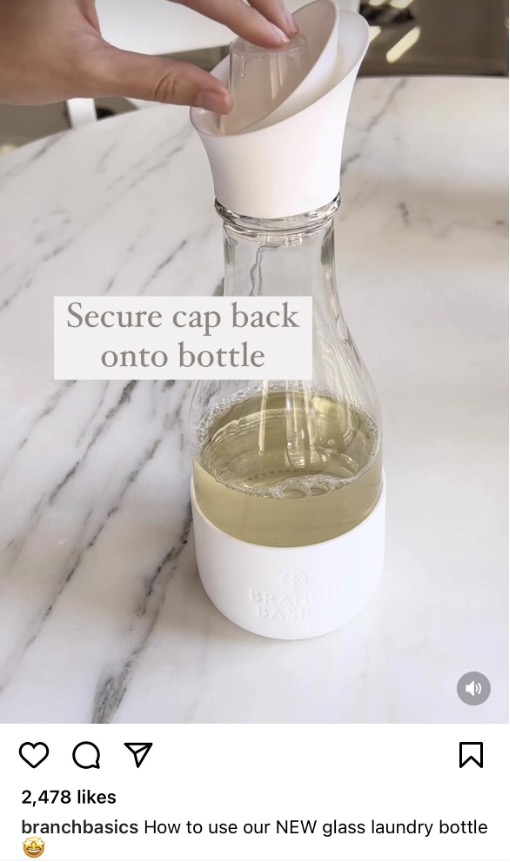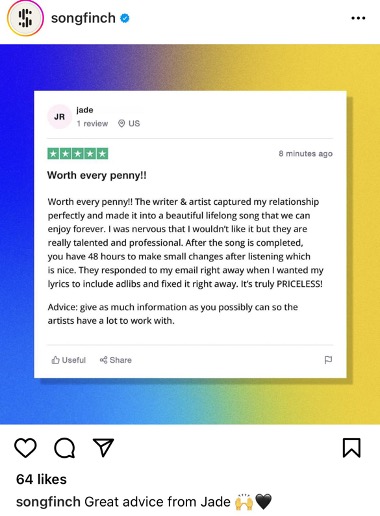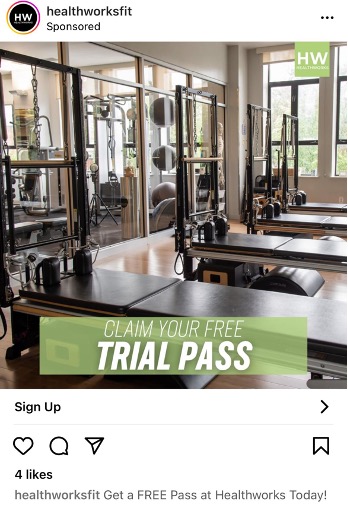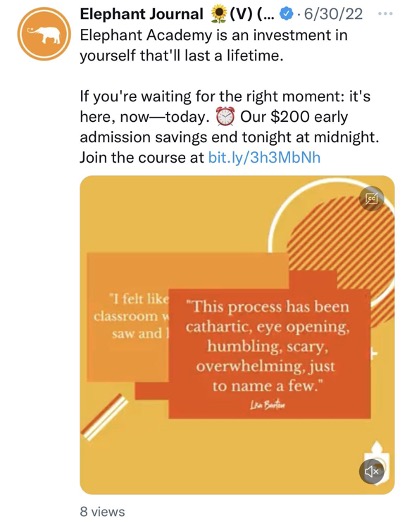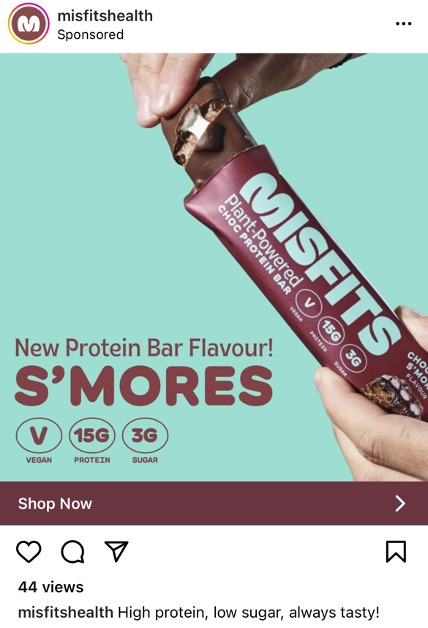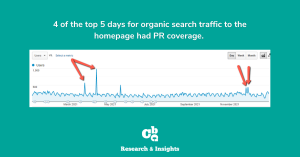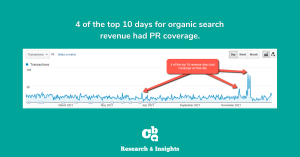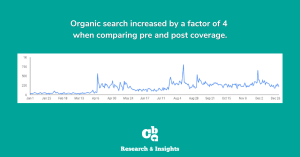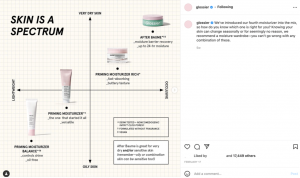In the ever-evolving world of digital marketing and public relations, staying ahead of trends is paramount. As we step into 2024, our team at CBC has compiled a set of predictions that shed light on the key trends that will define the PR and marketing landscape in the coming year.
DIGITAL MARKETING

Trend 1: Riding the LinkedIn Wave
Riley Sampson, Account Executive, Digital + Content
LinkedIn is poised to become the powerhouse of social media platforms in 2024, especially for clients in the B2B sector. After seeing great Q3 results from our client the Scottish Rite (in September specifically, they had an over 12% engagement rate compared to an industry average of 1-2%!), we’ve wondered what’s to come for LinkedIn’s potential in 2024. Leveraging LinkedIn will be instrumental in implementing thought leadership strategies, sharing educational content, and creating a space for meaningful industry conversations.
Trend 2: Amplifying Community-Building Efforts
 Hayley Harris, Senior Manager, Digital + Content
Hayley Harris, Senior Manager, Digital + Content
In 2024, brands will prioritize community-building efforts, recognizing their pivotal role in user engagement. Over the past five years, brands have mimicked influencers’ strategies, but what sets influencers apart is their ability to build communities.
Some platform changes we’ve seen already include:
- Instagram introduced a “close friends” feed and broadcast channels.
- Meta enhances Facebook group features for a stronger community and culture.
- TikTok thrives with easy niche community discovery (e.g. #booktok, #cottagecore).
And with that, data shows that event more shifts are to come:
- Facebook Group active members nearly doubled from 2016-2020.
- Reddit’s daily users are expected to grow by 24.46% by 2025.
Also, according to the recent social index report from Sprout Social:
- 51% of survey respondents claimed that the most memorable brands on social media respond to customers.
- 38% say the most memorable brands on social prioritize original content over following trending topics.
- 37% agree the most memorable brands on social prioritize engaging directly with their audience vs. publishing a lot of content.
To prepare for this shift to community-centric efforts, make sure you understand your audience and align content with their needs, prioritize original content (leveraging trends when relevant), and emphasize outbound engagement.
Trend 3: UGC Supplants Influencers
Len Cercone, CEO
A fair portion of influencer marketing dollars will be reallocated to user-generated content. With influencers charging tens of thousands of dollars for very narrowly defined deliverables, brands just aren’t seeing the payback. More approachable content, while on the rise in 2023, will become the rule in 2024.
Trend 4: Embracing the Real 
Whitney Langmaid, Director, Digital + Content
In 2024, it’s all about embracing the REAL. Whether it’s user-generated content, genuine engagement from brands, or real-life relationships and interactions – celebrating the real is going to be a key focus.
PUBLIC RELATIONS
Trend 5: Press Trips & Cultural Exploration
Kayla Colon, Senior Account Executive, PR + Activation
In the new year, planning for press trips will be just as strategic as brand messaging. Media contacts want exciting destinations and immersive experiences, so picking the right destinations will be crucial to a successful trip. Brands should integrate culture into trip activities, making sure to align with their overall mission. The same can apply to influencer trips. For instance, we recently brought creators to Austin for a trip with Vital Farms. With the brand being based there, they’re very active within their community. Location choice becomes a storytelling element!
Trend 6: The Role of AI in PR
Angela Giering, Manager, PR + Activation 
AI, AI, AI!
As we know, AI is only continuing to grow. And that includes in the PR space. I predict that PR professionals will embrace AI as a tool for brainstorming and ideation, automating routine tasks, and analyzing data, marking a significant shift in every PR professional’s strategy.
Trend 7 and 8: PR’s Personalized Connection + the Continued Rise of Microtrends
Liz Tarsitano, Account Coordinator, PR + Activation

I see PR shifting its focus from mass pitching to reaching specific niche audiences, creating personalized connections between brands and the media. With that, using influencers to target these niche audiences will be important, and help build lasting and genuine relationships with consumers.
Secondly, it’s going to be ever so important to keep an eye on micro trends. Trends have come and gone faster than ever in 2023, and we can expect this to continue in 2024. Keeping an eye on these microtrends will allow PR pros to adapt their evergreen strategies and capitalize off these trends as they appear in real-time. Leveraging these trends will set brands apart from their competitors and situate them prominently in the eyes of the public.
As we welcome 2024, we can’t wait to see how these predictions play out. From the rise of LinkedIn to community-centric strategies, the influence of UGC, strategic press trips, the integration of AI, and the focus on niche audiences and micro trends – it’s sure to be a transformative year in digital marketing and PR.
If you’re looking for an expert partner to help you take on these trends in the new year? We’d love to help – let’s chat.

